County: Clark
Alpine (Clark County)
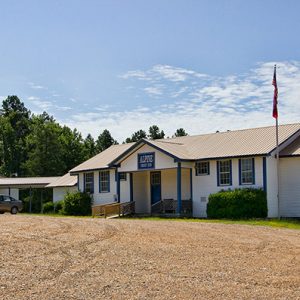 Alpine Community Center
Alpine Community Center
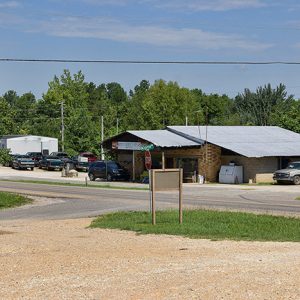 Alpine
Alpine
 Alpine Ridge Area
Alpine Ridge Area
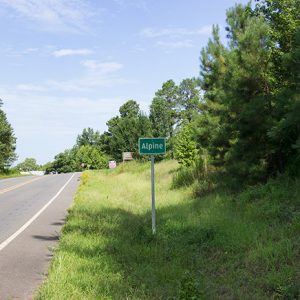 Alpine Street Scene
Alpine Street Scene
Amity (Clark County)
 Amity
Amity
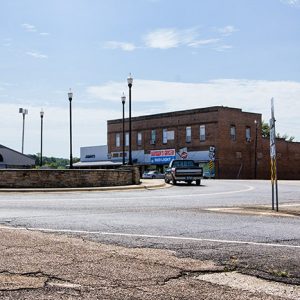 Amity
Amity
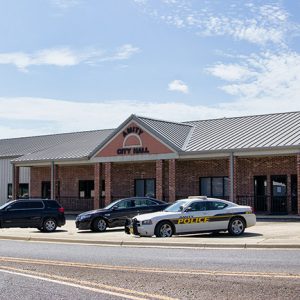 Amity City Hall
Amity City Hall
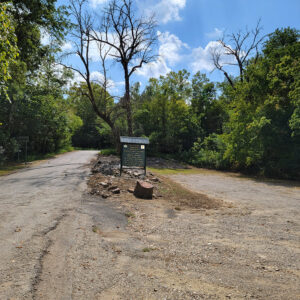 Amity Access
Amity Access
 Amity Access
Amity Access
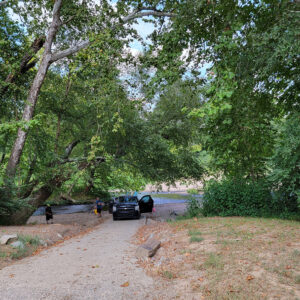 Amity Boat Launch
Amity Boat Launch
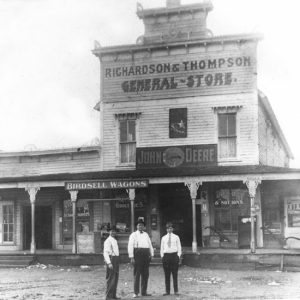 Amity General Store
Amity General Store
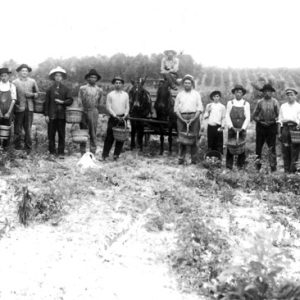 Amity Peach Pickers
Amity Peach Pickers
 Amity Railroad Engine
Amity Railroad Engine
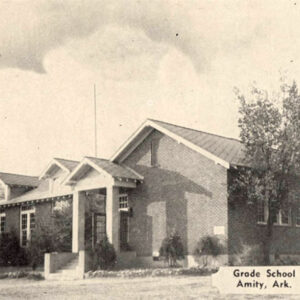 Amity School
Amity School
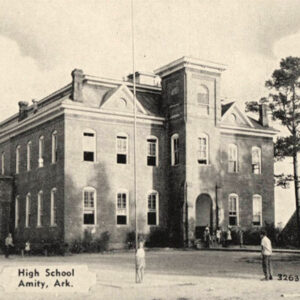 Amity School
Amity School
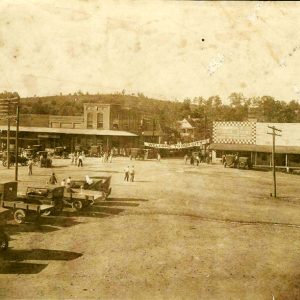 Amity Street Scene
Amity Street Scene
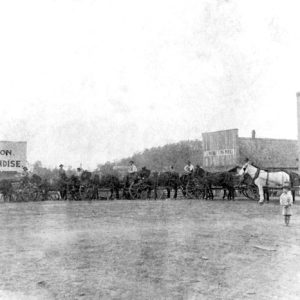 Amity Town Square
Amity Town Square
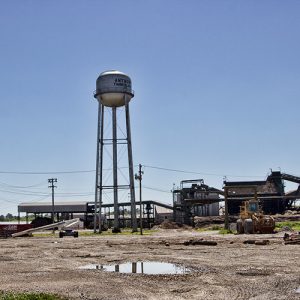 Anthony Timberlands, Inc.
Anthony Timberlands, Inc.
Antoine River
Arkadelphia (Clark County)
Arkadelphia Baptist Academy
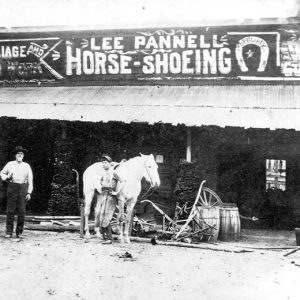 Arkadelphia Blacksmith Shop
Arkadelphia Blacksmith Shop
Arkadelphia Boy Scout Hut
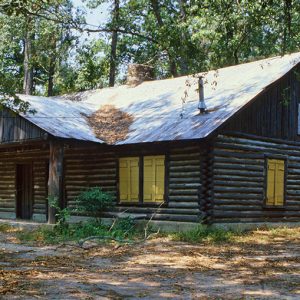 Arkadelphia Boy Scout Hut
Arkadelphia Boy Scout Hut
Arkadelphia Commercial Historic District
 Arkadelphia Commercial Historic District
Arkadelphia Commercial Historic District
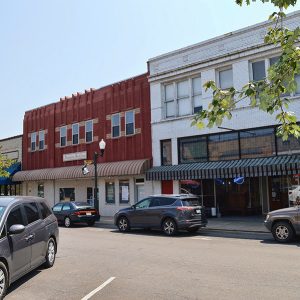 Arkadelphia Commercial Historic District
Arkadelphia Commercial Historic District
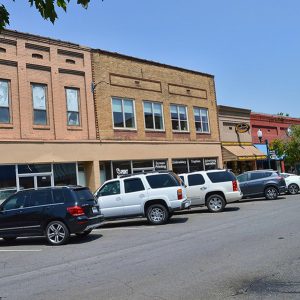 Arkadelphia Commercial Historic District
Arkadelphia Commercial Historic District
Arkadelphia Confederate Monument
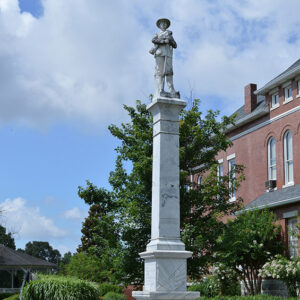 Arkadelphia Confederate Monument
Arkadelphia Confederate Monument
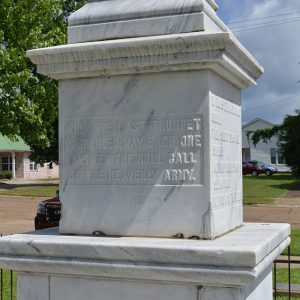 Arkadelphia Confederate Monument
Arkadelphia Confederate Monument
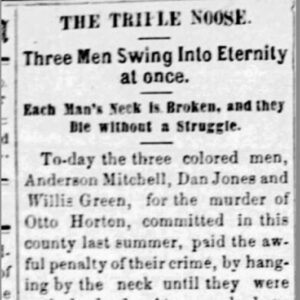 Arkadelphia Executions Article
Arkadelphia Executions Article
Arkadelphia Executions of 1889
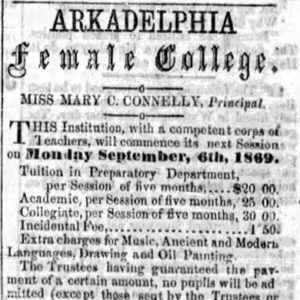 Arkadelphia Female College Ad
Arkadelphia Female College Ad
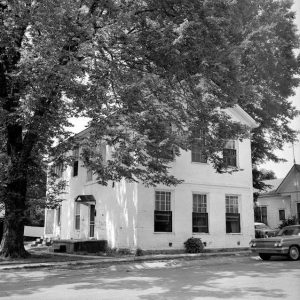 Arkadelphia Freedmen's Bureau
Arkadelphia Freedmen's Bureau
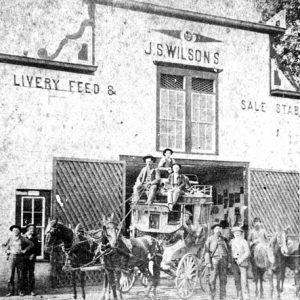 Arkadelphia Livery Stable
Arkadelphia Livery Stable
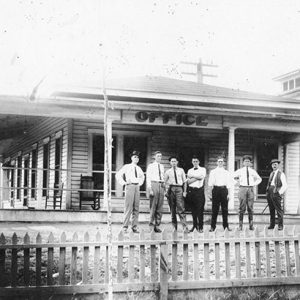 Arkadelphia Lumber Company
Arkadelphia Lumber Company
Arkadelphia Lynching of 1879
aka: Lynching of Daniels Family
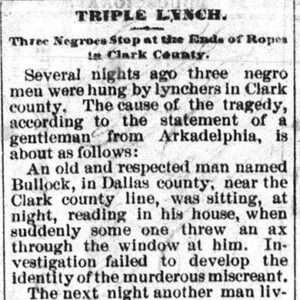 Arkadelphia Lynching Article
Arkadelphia Lynching Article
Arkadelphia Male and Female Institute
aka: Arkadelphia Institute
aka: Arkadelphia Female Seminary
aka: Arkadelphia Female College
aka: Arkadelphia Female Academy
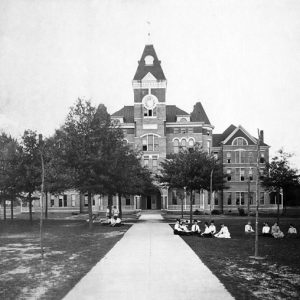 Arkadelphia Methodist College
Arkadelphia Methodist College
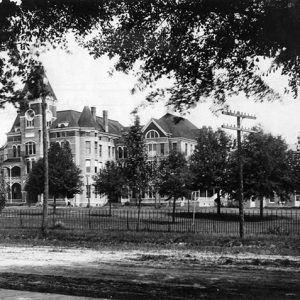 Arkadelphia Methodist College
Arkadelphia Methodist College
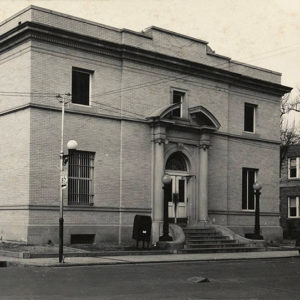 Arkadelphia Post Office
Arkadelphia Post Office
Arkadelphia Presbyterian Academy
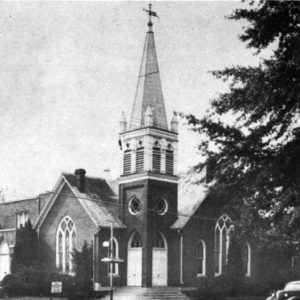 Arkadelphia Presbyterian Church
Arkadelphia Presbyterian Church
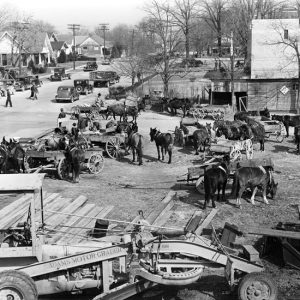 Arkadelphia Street Scene
Arkadelphia Street Scene
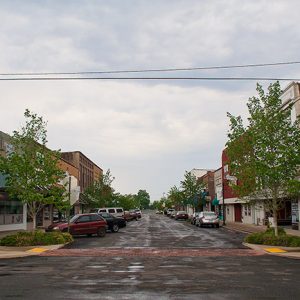 Arkadelphia Street Scene
Arkadelphia Street Scene




